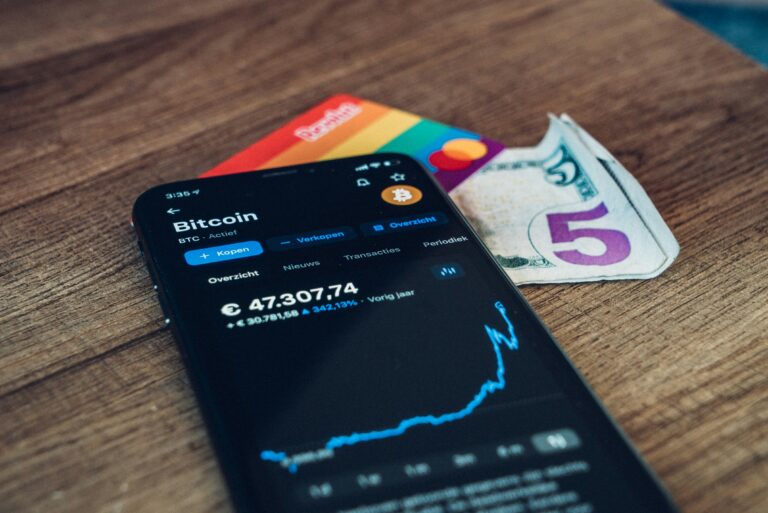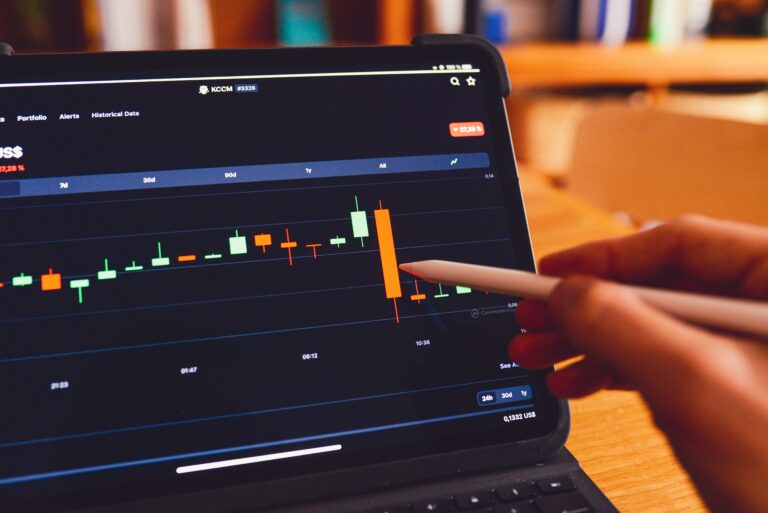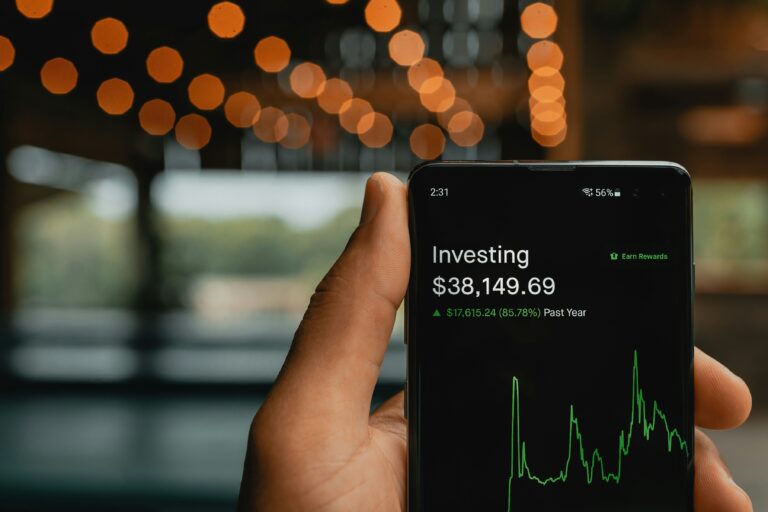The legal battle between the U.S. Securities and Exchange Commission (SEC) and Ripple Labs has become one of the most significant cases in the history of cryptocurrency regulation in America. The case, which centers around whether Ripple’s XRP token is a security, has implications far beyond just one company or token. It could reshape how crypto assets are classified, traded, and regulated across the United States. For investors, developers, and blockchain innovators, the outcome of this case signals how government agencies may treat digital assets in the future.
The Background of the SEC vs. Ripple Case
The SEC filed a lawsuit against Ripple Labs in December 2020, alleging that the company conducted an unregistered securities offering by selling XRP, raising over $1.3 billion in the process. Ripple, on the other hand, has consistently argued that XRP is a digital currency, not a security, and thus falls outside the SEC’s jurisdiction. The case is especially complex because XRP was widely traded on exchanges and used by various businesses around the world before the lawsuit was filed. This raised questions about how a token can transition from a centralized asset to a decentralized utility and how U.S. law interprets that transformation.
What Is XRP and Why It Matters
XRP is a digital currency created by Ripple Labs that aims to facilitate fast and inexpensive cross-border payments. Unlike Bitcoin or Ethereum, which are mined, all XRP tokens were pre-mined, meaning they were created all at once and then distributed. This structure led the SEC to argue that XRP’s sale was similar to a company issuing shares of stock. Ripple, however, has highlighted that XRP is used as a bridge currency in real-time payments by financial institutions and does not confer ownership or dividends like traditional securities. The debate over XRP’s classification touches on fundamental legal definitions that could impact countless other tokens.
The Legal Questions at the Heart of the Case
At the core of the SEC vs. Ripple case is the application of the Howey Test, a standard from a 1946 Supreme Court case used to determine whether a transaction qualifies as an investment contract (and thus a security). The four criteria of the Howey Test are: an investment of money, in a common enterprise, with the expectation of profit, derived from the efforts of others. The SEC argues that XRP met these criteria, while Ripple disputes several points, particularly whether buyers had an expectation of profit from Ripple’s efforts. How the court interprets this test in a digital asset context could affect a wide range of crypto projects.
Key Developments in the Case
Over the years, the case has seen multiple turns, including public disclosures of internal SEC emails, arguments over regulatory clarity, and rulings on what constitutes fair notice. One of the most notable developments came in July 2023, when a U.S. judge ruled that Ripple’s programmatic sales of XRP on exchanges did not constitute securities offerings, although some direct sales to institutional investors might. This partial victory for Ripple sent shockwaves through the crypto industry, as it marked one of the first times a court differentiated between different ways a token is sold. It introduced the idea that context matters when determining a token’s legal status.
Implications for the Crypto Industry
The Ripple case has set a precedent for how the U.S. government might regulate digital assets. If a token like XRP is not automatically considered a security, then other tokens with similar structures might also avoid SEC oversight—at least when traded on public exchanges by retail investors. This opens the door for more innovation and less regulatory fear among developers and platforms. On the other hand, if tokens sold directly by projects to investors are ruled securities, many crypto startups may face pressure to register with the SEC or restrict their offerings to accredited investors only. This could limit funding opportunities and slow down blockchain development in the U.S.
The Global Impact of the Ripple Case
While the case is based in the U.S., its effects are global. Ripple operates internationally and has continued expanding its partnerships with banks and financial institutions in regions like Asia, Europe, and Latin America. The uncertainty surrounding XRP in the U.S. has led some projects to relocate or avoid launching in the American market altogether. Countries like the U.K., Japan, and Switzerland have taken more clear and favorable stances on digital assets, making them attractive alternatives for crypto firms. The outcome of this case could influence how other governments shape their own crypto regulations based on whether the U.S. is seen as crypto-friendly or hostile.
SEC’s Approach to Regulation by Enforcement
The Ripple case is part of a broader pattern of what critics call “regulation by enforcement.” Instead of issuing clear guidelines, the SEC has often pursued legal action against companies after they’ve already launched their projects. This creates a chilling effect in the crypto space, where innovators are unsure if their tokens will be retroactively deemed securities. Ripple’s defense has highlighted this lack of regulatory clarity, arguing that the company was not given fair notice that its actions violated securities laws. This issue has sparked debates in Congress about the need for new crypto-specific legislation rather than applying decades-old laws to a new technology.
Investor Reactions and Market Volatility
XRP’s price has reflected the ups and downs of the legal proceedings. When the lawsuit was first announced, the token lost over half of its value, and several major exchanges delisted it due to regulatory fears. However, each favorable development for Ripple has triggered price rallies, and some exchanges have relisted XRP following the 2023 court decision. Investors across the crypto market are watching the case closely because its final outcome could determine whether other tokens face similar lawsuits or gain a safer regulatory path forward. Volatility is likely to continue until the case is fully resolved or Congress passes new legislation to provide clarity.
The Call for Clearer Crypto Laws
The Ripple case has fueled bipartisan calls in the U.S. Congress for updated crypto regulations. Lawmakers argue that the current securities laws, created long before the internet, are ill-suited to cover decentralized networks, smart contracts, and token economies. Proposals like the Financial Innovation and Technology for the 21st Century Act aim to create clearer definitions and give the Commodity Futures Trading Commission (CFTC) more authority over non-securities tokens. While progress is slow, the Ripple case has added urgency to the push for more transparent, predictable, and innovation-friendly laws for the blockchain industry.
What It Means for XRP Holders
For current or potential XRP holders, the Ripple case has both risks and opportunities. On one hand, if the final ruling is positive for Ripple, XRP could see broader adoption, relisting on major platforms, and increased price momentum. On the other hand, if the court ultimately agrees with the SEC and classifies most XRP sales as unregistered securities offerings, it could lead to fines, trading restrictions, or further market suppression. Investors should monitor the legal process, stay informed, and consider diversification while the outcome remains uncertain.
Conclusion
The SEC vs. Ripple case is more than a legal battle between one company and a regulator. It’s a defining moment for crypto regulation in America. Its outcome could determine whether digital tokens are treated like traditional financial instruments or recognized as part of a new and evolving technological landscape. While the case has brought short-term volatility and confusion, it also offers an opportunity to establish much-needed clarity for the crypto industry. As the legal process unfolds, the eyes of the global blockchain community remain firmly fixed on what happens next.



